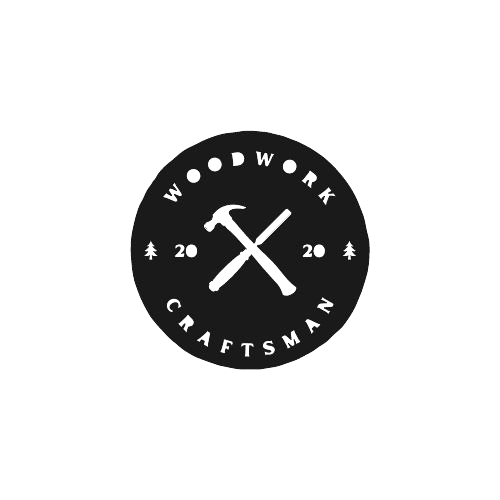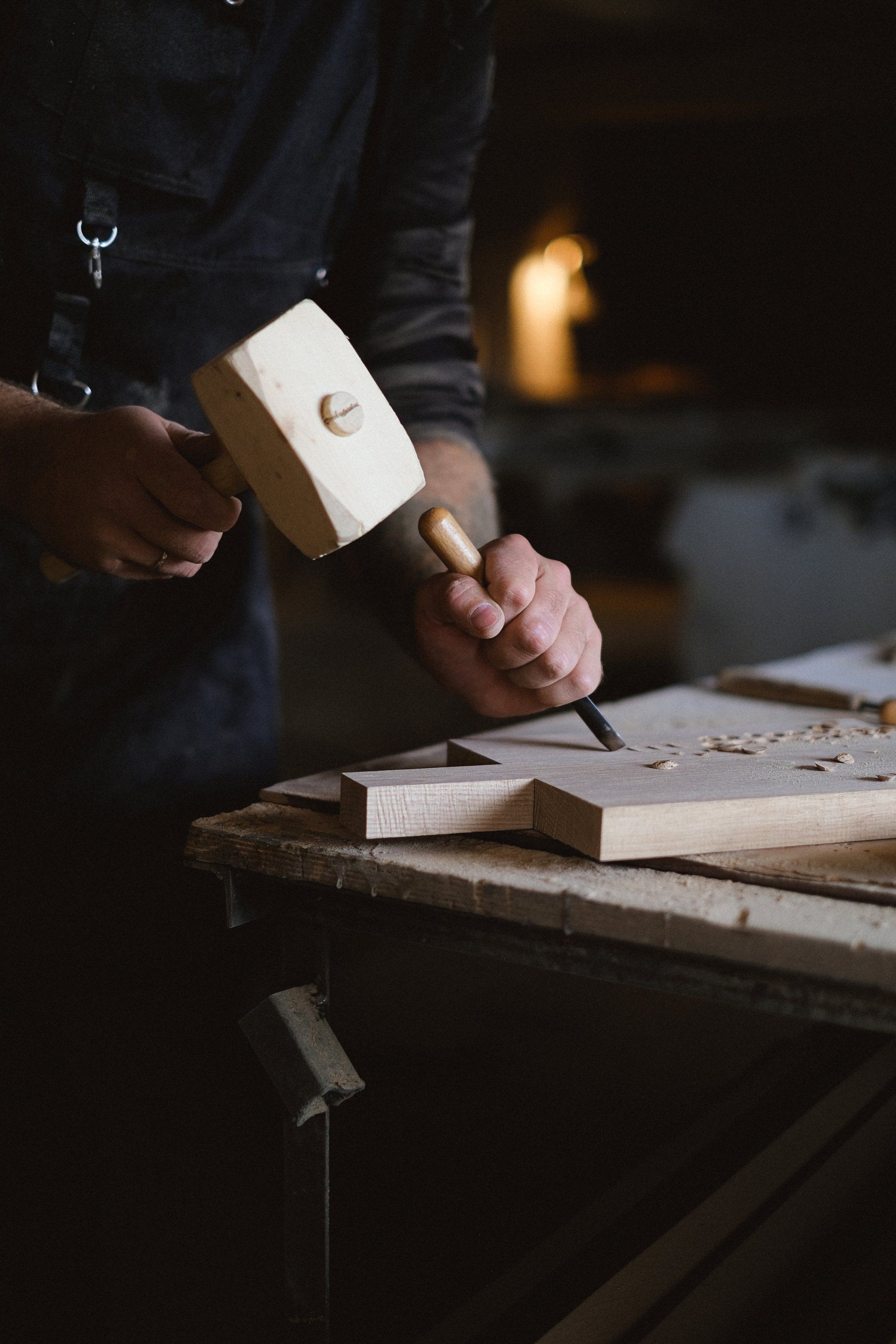Toronto Carpenters
Welcome to Toronto Carpenters, Toronto's premier carpentry business. With over 20 years of experience and a team of skilled craftsmen, we are dedicated to providing the highest quality custom woodworking, cabinetry, and furniture restoration services to our clients. Trust us to bring your vision to life with expert craftsmanship, attention to detail, and exceptional customer service. Choose Toronto Carpenters and experience the difference of working with Toronto's number one carpentry business.
WHAT MAKES WOOD SO SPECIAL?
Wood has been used in carpentry for centuries due to its strength, durability, and versatility. However, not all woods are created equal. There are different types of wood that are used for carpentry, each with its own unique characteristics that make them ideal for different purposes.
Wood Types
Softwood
One of the most commonly used types of wood in carpentry is softwood. As the name suggests, softwood is not as hard as other types of wood. It is sourced from trees like pine, fir, spruce, and cedar. Softwood is ideal for making furniture, doors, windows, and frames. It is also used for structural work, such as creating the framework for a building. Softwood is relatively easy to work with and is less expensive than hardwood. However, it is not as durable as hardwood and is susceptible to damage from insects and rot.
Hardwood
Hardwood is another popular type of wood used in carpentry. It is sourced from trees like oak, maple, mahogany, and teak. Hardwood is much denser and harder than softwood, making it more durable and resistant to damage from insects and rot. It is also more expensive than softwood. Hardwood is commonly used for flooring, cabinetry, furniture, and decorative trim. Due to its density, hardwood can be difficult to work with, and special tools may be required.
Plywood
Plywood is a type of wood that is made by layering thin sheets of wood together. It is a versatile material that can be used for a variety of purposes, including flooring, walls, roofing, and furniture. Plywood is stronger than solid wood and is less likely to warp or shrink. It is also less expensive than hardwood. However, plywood is not as aesthetically pleasing as solid wood and is often covered with veneer or other materials to improve its appearance.
Particleboard
Particleboard is a type of wood that is made by compressing sawdust, wood chips, and other wood particles together. It is a low-cost alternative to solid wood and is commonly used for furniture, shelving, and cabinets. Particleboard is not as strong or durable as solid wood and is more susceptible to damage from moisture. It is also less aesthetically pleasing and cannot be sanded or stained like solid wood.
There are different types of wood used in carpentry, each with its own unique characteristics that make them ideal for different purposes. Softwood is ideal for structural work, while hardwood is best for flooring, cabinetry, and furniture. Plywood is a versatile material that can be used for a variety of purposes, while particleboard is a low-cost alternative to solid wood. Choosing the right type of wood is important to ensure that your carpentry project is both functional and aesthetically pleasing.

Did you know that the Bristlecone Pine tree, which is found in the western United States, is one of the longest-living organisms on Earth, with some trees living up to 5,000 years or more! Bristlecone Pine wood is highly valued for its durability and resistance to decay, which makes it ideal for use in outdoor structures such as fences and decks. The tree's unique ability to survive in harsh, rocky environments with minimal water and nutrients is due to its slow growth rate and dense, resinous wood, which protects it from insects, disease, and wildfire. In addition to its practical uses, Bristlecone Pine wood is also highly sought after by artists and woodworkers for its intricate grain patterns and unique color variations. It is often used for special projects and custom woodworking.
Due to its durability and resistance to decay, is ideal for use in outdoor structures such as fences, decks, and outdoor furniture. It can also be used to create a wide variety of decorative and functional items such as bowls, vases, and other artistic pieces.

